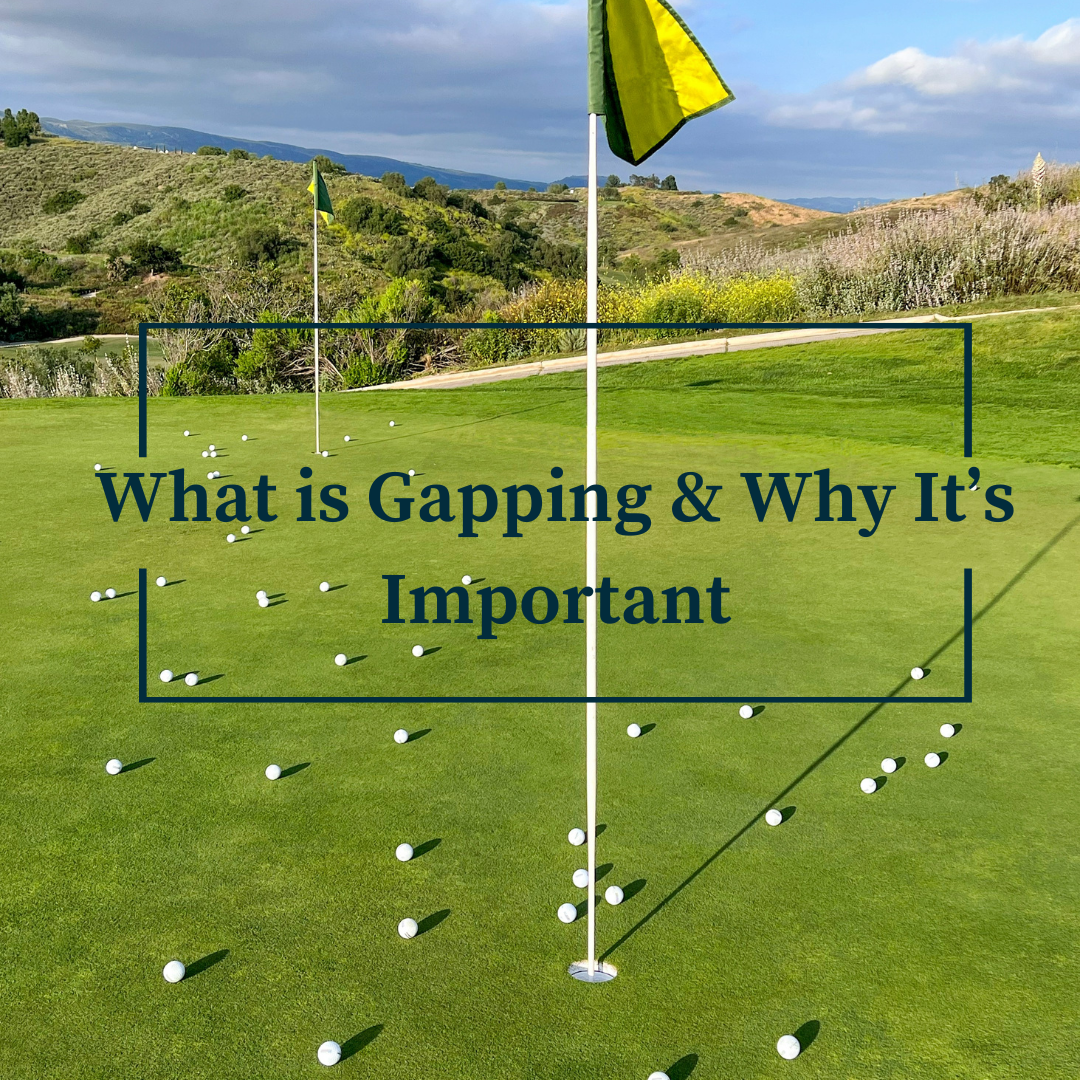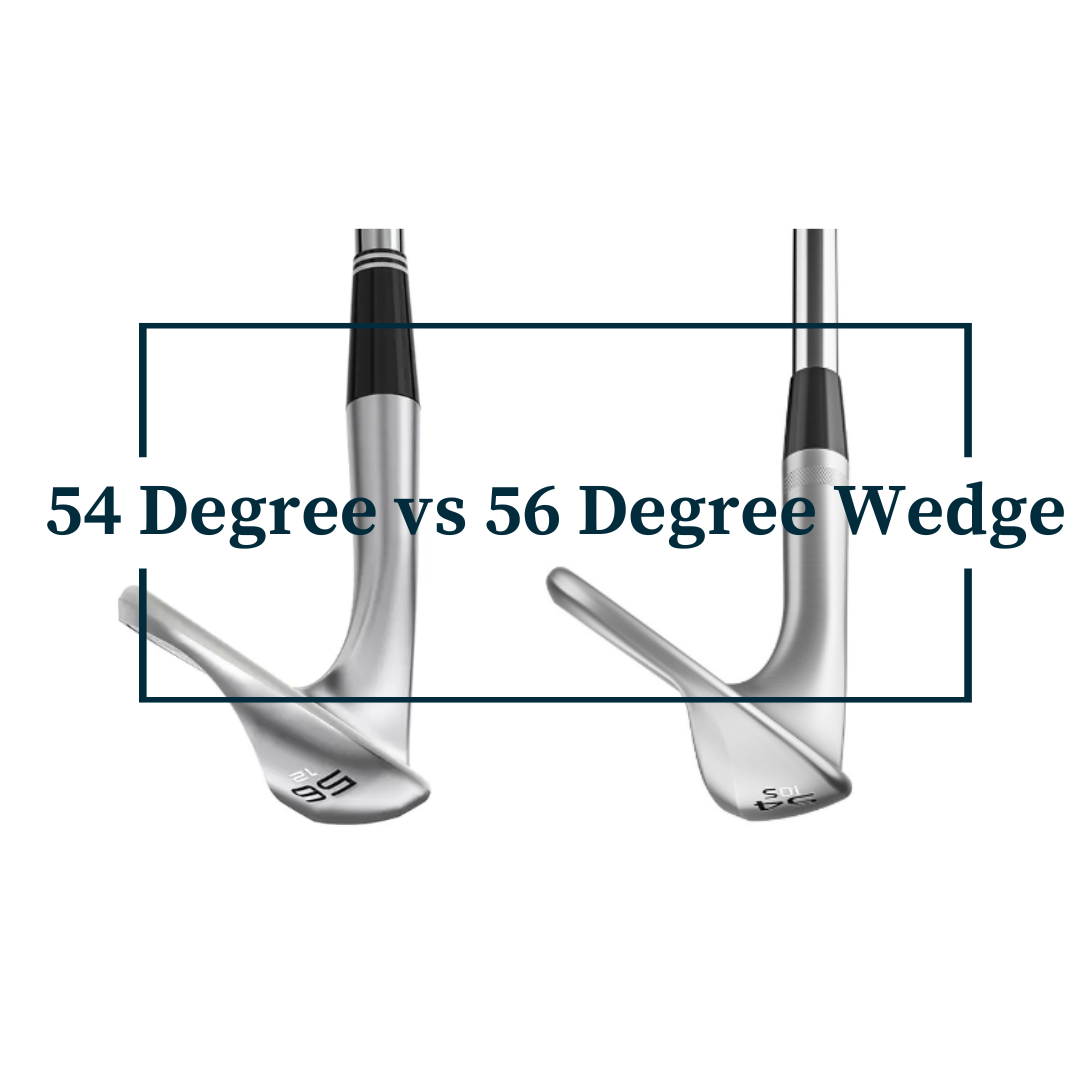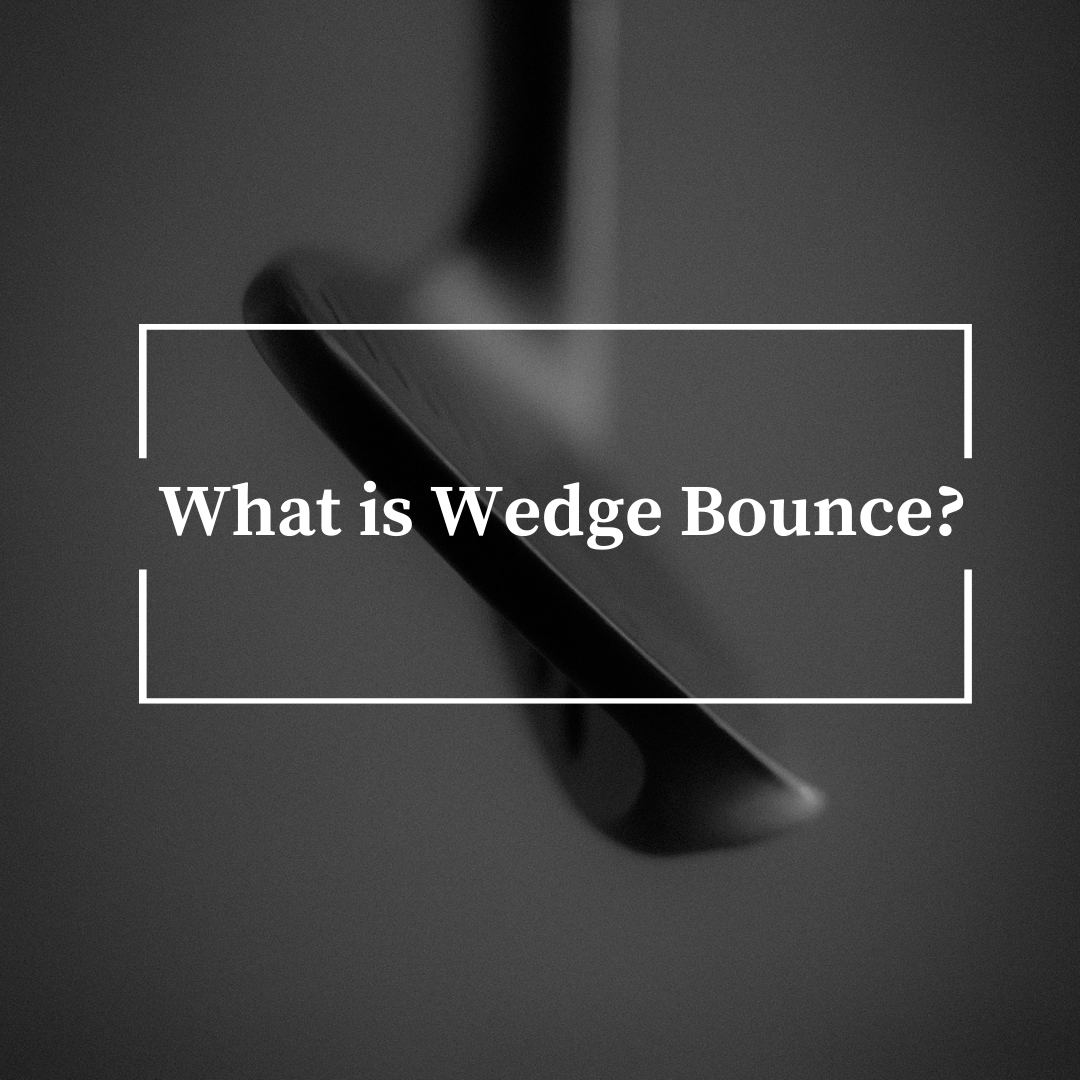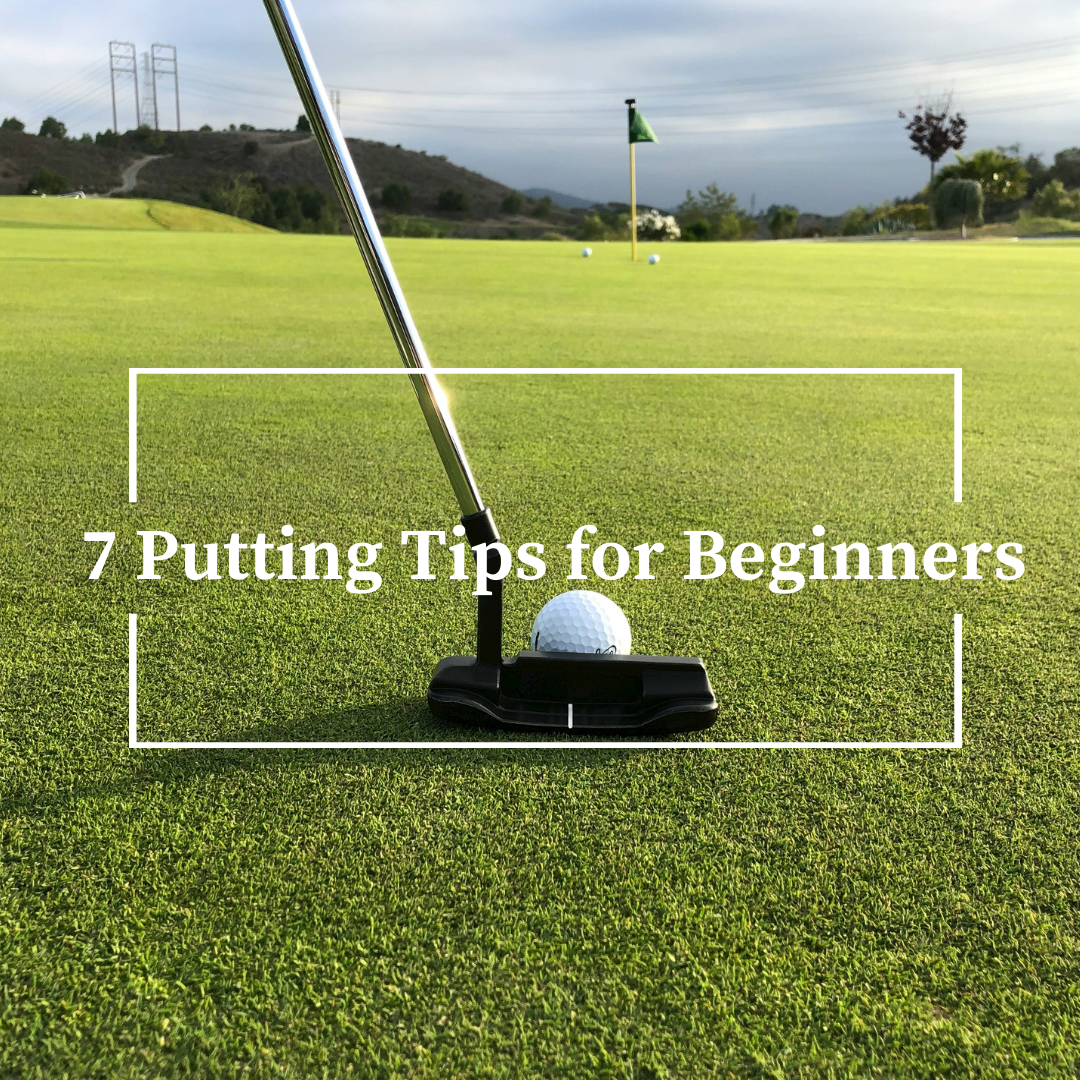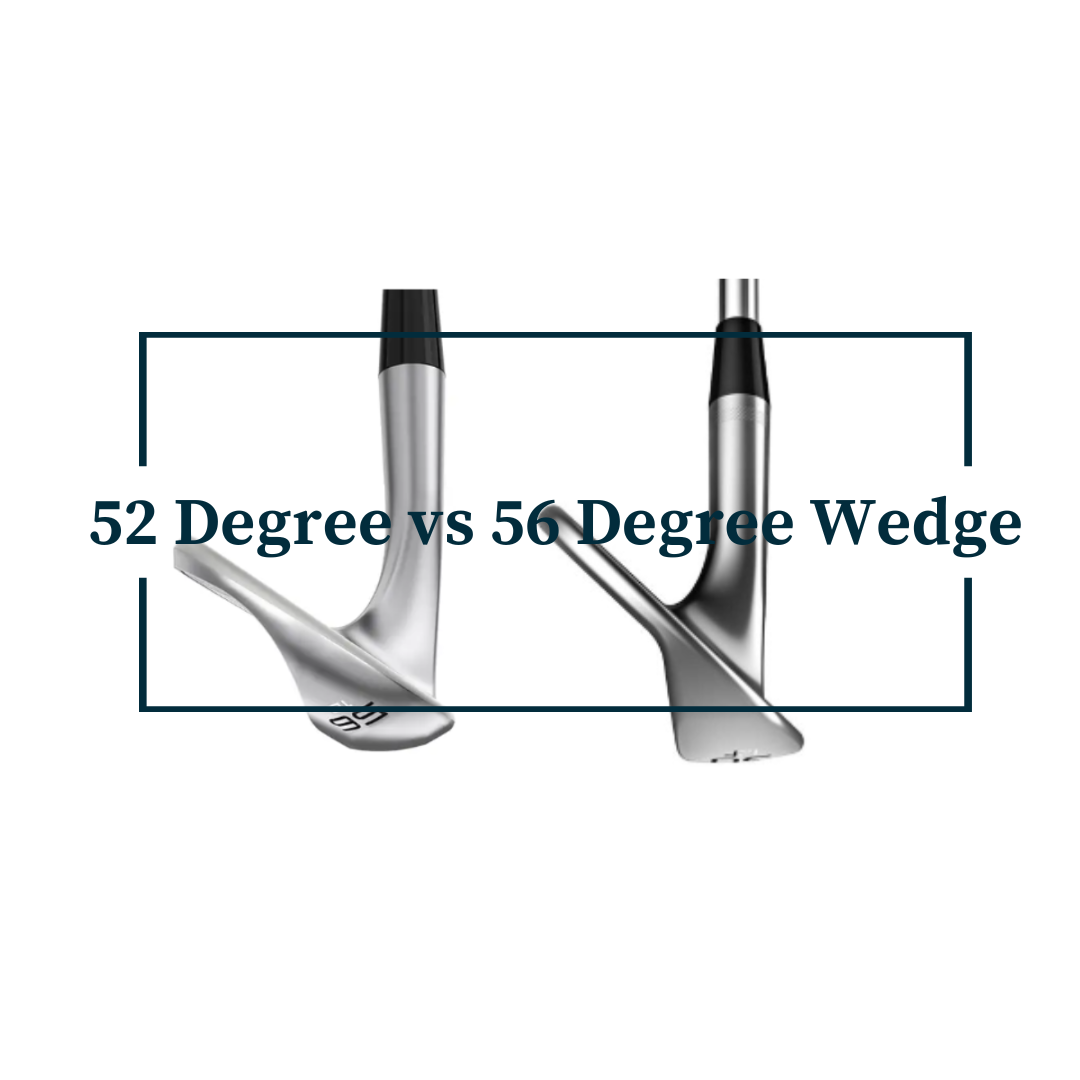The key to a successful golf swing starts with the correct golf swing grip. Your grip is the foundation upon which your swing is built and getting it right can make a huge difference in your game.
Your golf grip will be one of the biggest factors in keeping your clubface straight. Through your swing path and on impact with your golf ball. If you keep your clubface straight, you will hit the ball in the direction you are wanting it to go.
When I first started playing golf my grip was wrong. It positioned the clubface into an open position (aiming right), making me hit a lot of balls to the right. It was not until I had lessons, I changed my grip. It took me months and months of practice to get comfortable with my current neutral grip. Learn from my mistakes and get your grip right when you are starting out. You will get into a lot less bad habits and will not have to practice for months and months to change your grip, like me.
Keep reading to dive into the details and unlock the right method to a correct grip. It is important to note the information is for right hand golfers. If you are a left hander, please reverse your hands.
Step by Step guide on a correct golf grip
Left Hand Position
Step 1:
Before gripping the club. Use the markings on your grip to align the clubface to make sure your clubface is straight. The last thing you want is having the perfect grip, but you do not have a straight clubface.
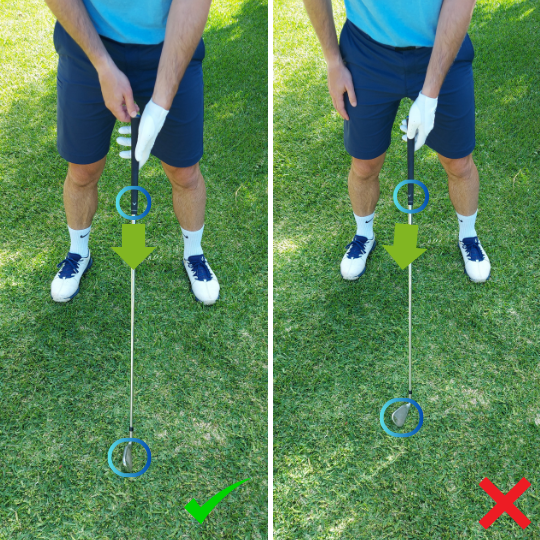
Step 2:
- Let your left arm naturally hang next to the grip with your palm facing inwards.
- Now with your left hand, grip the club.
- The club should be sitting at the base of your little finger to the middle of your index finger.
- If you want to make it easier for you when you are practicing is drawing a line on your glove from these two points.
- This will serve as a good reference point to ensure the shaft is sitting in the correct position in your left hand.
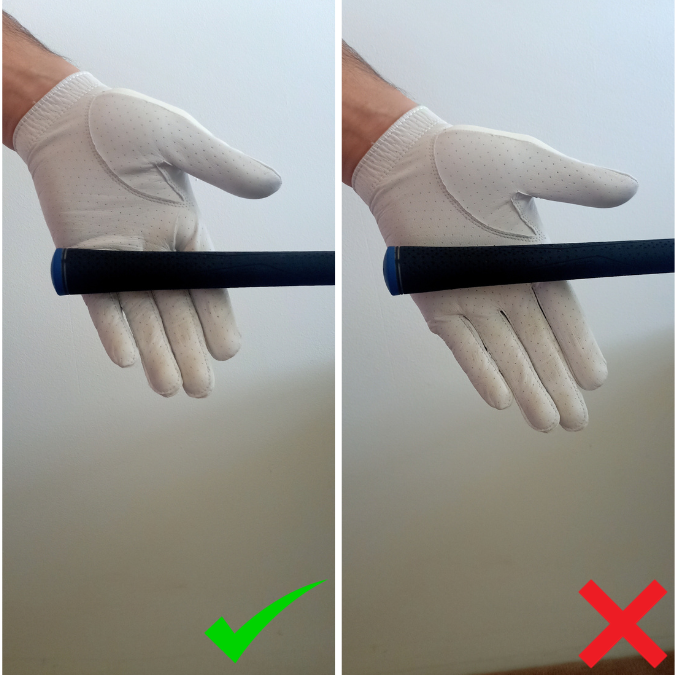
Step 3:
- Wrap your fingers on your left hand around the grip and place your left thumb on top of the shaft.
- Make sure you do not cover the top of your grip with your hand.
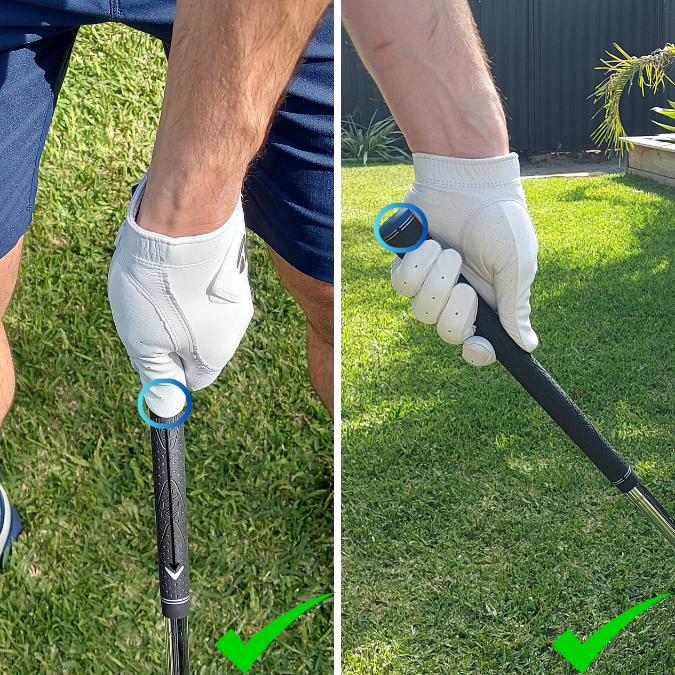
Step 4:
- There are a couple checkpoints here to make sure your left hand is gripping the club properly.
- The V you have created between your thumb and index finger should be pointing to your right shoulder when your clubface is level to the ground.
- You should be seeing two knuckles of your index and middle finger on your left hand. Again, if you would like when you are practicing you can draw two dots on the glove for a reference point.
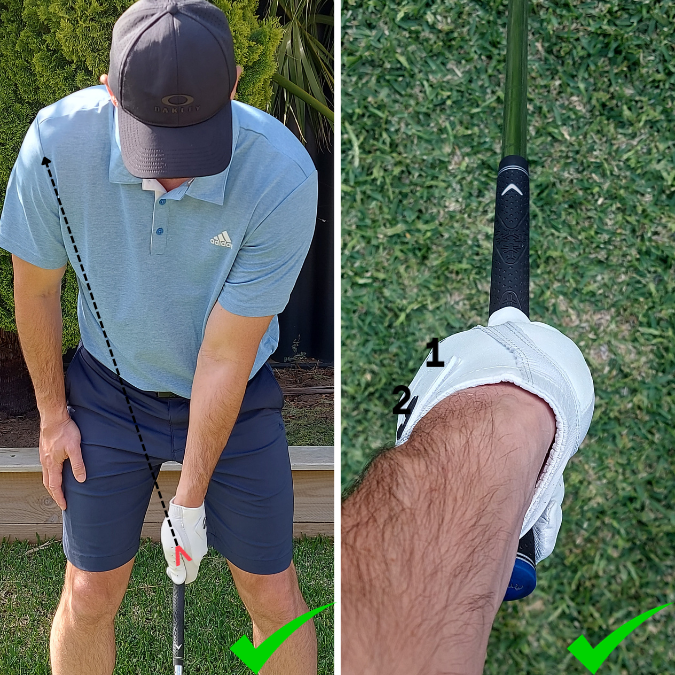
Right Hand Position
Step 1:
- Let your right hand hang in a natural position with your palm facing inwards.
- Your right hand connects with your left hand from your index finger knuckle to the base of your palm.
- Wrap your fingers around and place the squishy part of your right hand over your left thumb.
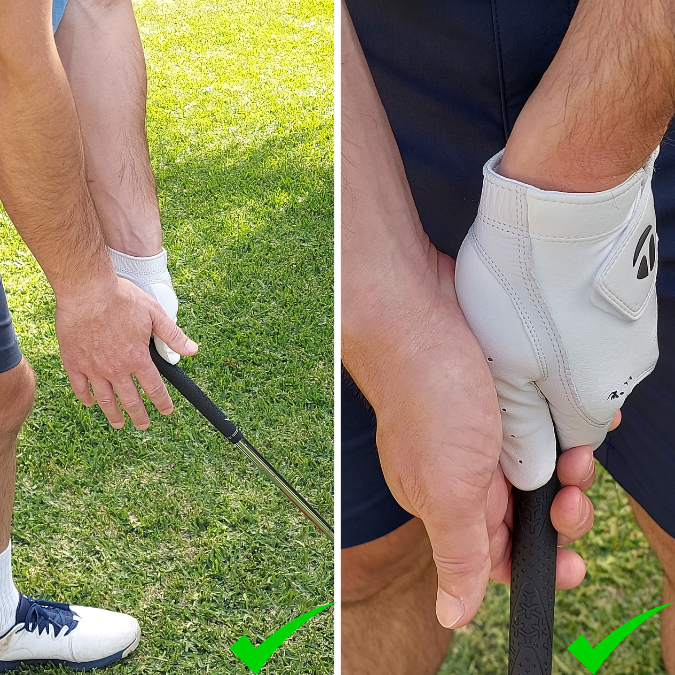
Step 2:
- The V you have created between your thumb and index finger should be pointing to your right shoulder.
So, both Vs created on your left and right hand should be pointing to your right shoulder.
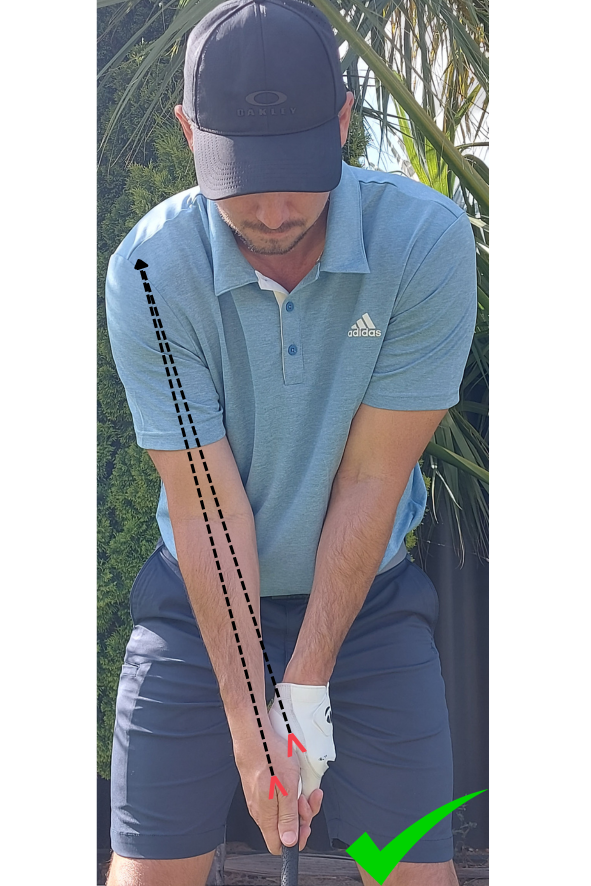
This is a neutral grip and will keep your clubface straight through your swing.
Now that you have your grip sorted, let us look into the different types of grips.
Types of grips
Overlapping Grip (Vardon Grip):
The overlapping grip is the most used grip amongst golfers. It promotes stability, control, and greater wrist movement during the swing. This grip is the middle of the road and good for distance and control.
In this grip, the little finger of the right hand (for a right-hand golfer) rests on top of the index finger of the left hand.
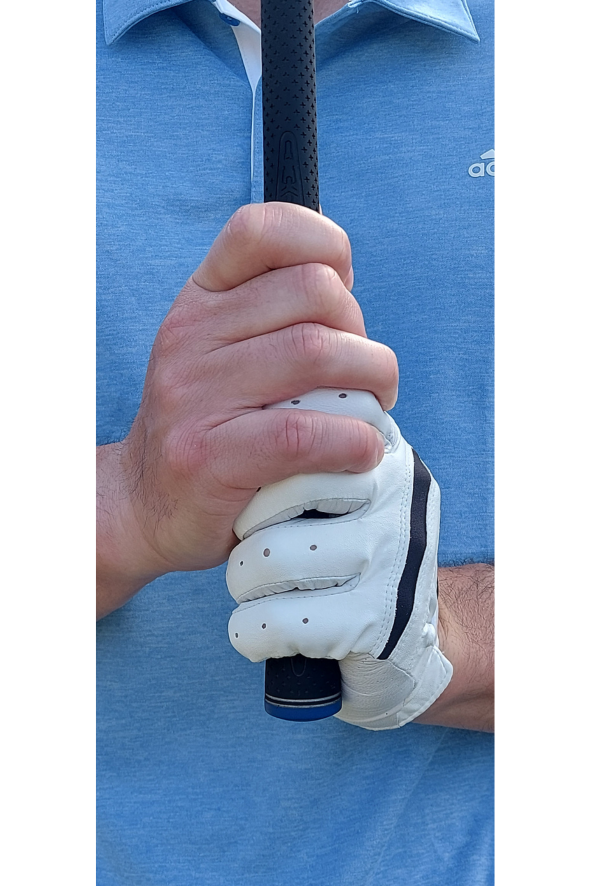
Interlocking grip
The interlocking grip is also a very popular grip. The two most famous golfers to use this grip is Jack Nicklaus & Tiger Woods. Golfers with smaller hands tend to lean towards this grip as it creates a more secure grip. They may struggle to reach a comfortable grip with the overlap grip. The reason I use this grip is to improve my control throughout the swing. The interlocking of the fingers creates a tighter bond between the hands, reducing any movement during the swing.
In this grip, the little finger of the right hand is interlocked with the index finger of the left hand.
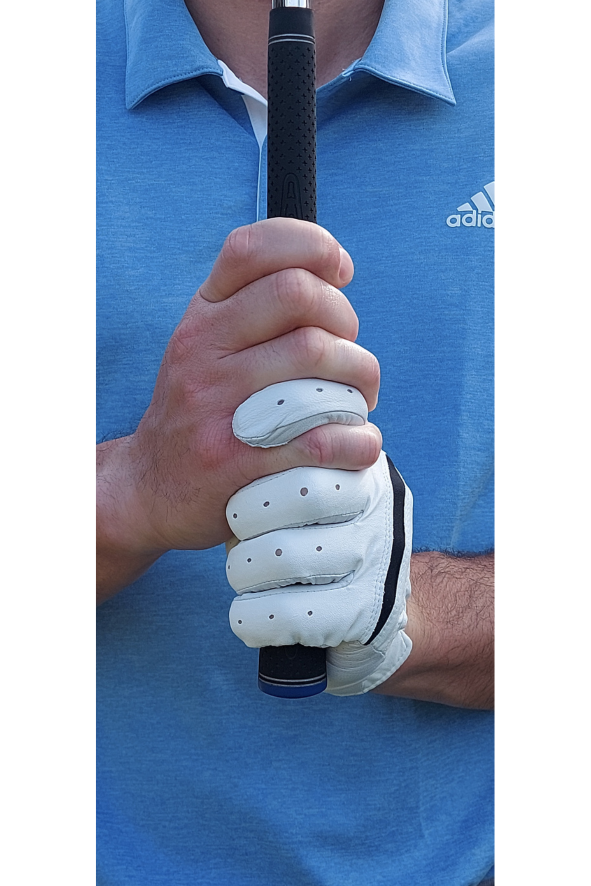
10-finger grip (a.k.a baseball grip)
The 10-finger grip is also known as the baseball grip. This grip would be the least popular out of all the grips. Senior and female golfers more commonly use this grip. It enables greater clubhead speed for distance. Because your wrists have greater movement, allowing the golfer to whip the clubhead through impact. The drawback with greater wrist movement is less control of keeping your clubface straight during the swing and on impact.
In this grip, all ten fingers come into contact with the club, with your hands resting against each other.
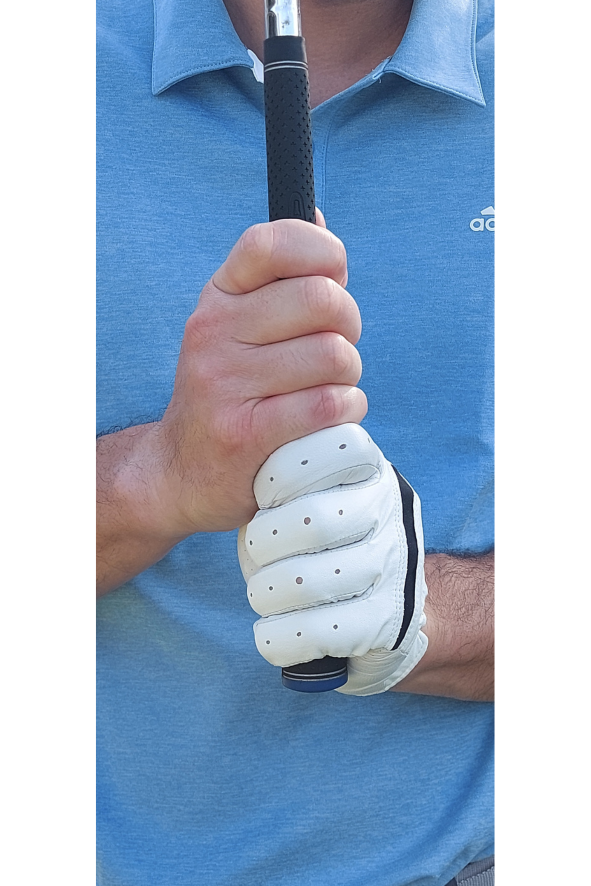
You may be wondering what the best type of grip is to use. There is no best grip, but, if you are a beginner starting out. I would recommend either using the overlap or interlock grip. These grips will give you greater control and stability over the club and your swing.
Grip Pressure
The next thing to consider is your grip pressure – how tight should you hold the club.
You should have a firm hold of the club without strangling the club. A rule of thumb would be if 10 is squeezing the club as hard as you can and 1 is allowing the club to fall out of your hands. You should be looking a grip pressure of about 4 or 5.
This grip pressure will make you feel that you have control of the club through the swing. If you hold the club too tight it will lead to lack of power and accuracy as it restricts your wrist hinge. Holding the club too loose may result in an unstable clubface at impact. Causing you too have less control on the direction of your shot.
Final Thoughts
A correct golf grip is important for maintaining a straight clubface and hitting the ball in the direction you want to hit it. Starting with the correct golf grip can help prevent developing bad habits and save time and effort on future corrections. Mastering your grip establishes a strong foundation for improving your golf game.
Now you have an understanding of your golf grip, check out Golf Swing Tips to master your swing.

